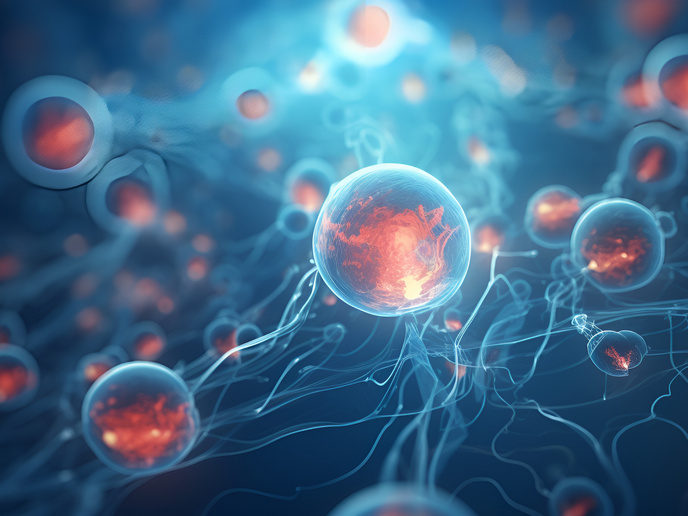Making human muscles from stem cells: a new era for regenerative medicine
Muscular dystrophies represent a group of genetic diseases that progressively weaken muscle tissue with debilitating impact on patients. They often begin in childhood and remain incurable, posing a socio-economic burden due to repeated hospitalisation and home care. To develop novel therapies, it is central to build sophisticated, reliable in vitro models that faithfully recapitulate the human tissue and the disease in question. Traditional 2D cell cultures fail to replicate the complexity and mechanical forces of real muscle, while animal models often lack predictive accuracy for human disease.
Muscle organoids from human stem cells
The HISTOID project, funded by the European Research Council (ERC), set out to pioneer development of 3D human muscles complete with nerve and blood vessel components, capable of accurately modelling muscular disorders. It was also important that it replicated the dynamic contraction and mechanical stresses found in living muscle. “We had to address a key challenge in muscle modelling: maintaining contractile tissue in culture without the cells detaching,” states principal investigator Francesco Saverio Tedesco(opens in new window). The team engineered a 3D environment with muscle fibres derived from induced pluripotent stem cells(opens in new window) (iPSCs) reprogrammed in the lab to an embryonic-like state from somatic cells. By combining biocompatible materials such as fibrin with up to four cell types (muscle fibres, endothelial cells, pericytes and motor neurons) from the very same patient, all iPSC-derived, researchers successfully generated artificial muscles. These bioengineered muscles(opens in new window) not only morphologically and functionally resemble mature muscle but also exhibit muscle satellite-like stem cells. This innovation allowed cultures to persist beyond what is possible with standard systems. At the same time, it captured tissue architecture and enabled the accurate detection of disease-specific traits such as misshaped nuclei seen in certain muscular dystrophies.
Advancing disease modelling
The HISTOID platform offers clear advantages over previous models, preserving the structure and function of 3D muscle organoids long enough to observe features of muscle diseases. As such, it offers a powerful tool for testing current and novel therapeutics, such as gene therapy, gene editing, and stem-cell transplantation strategies for muscle disorders. As Tedesco points out, "Advanced therapies, such as gene and cell therapies, have demonstrated differing efficacy in humans compared to results observed in mice or other animals, hence our focus to build a reliable model to test future therapies directly on human tissues.”
Paving the way to clinical applications
HISTOID has delivered a pioneering tool: a contractile 3D human muscle organoid that captures disease-specific features and responds meaningfully to advanced biotherapeutics. This model has the potential to bridge lab research and clinical application, offering a more accurate, human-relevant platform for validating gene and cell-based treatments. Building on HISTOID’s success, the researchers have teamed up with labs and other groups across Europe and beyond in the Horizon Europe-UKRI-SERI funded MAGIC(opens in new window) consortium. The project aims to scale the technology and deploy it to develop and screen next-generation neuromuscular gene therapies for several incurable muscle diseases of childhood. “Our goal is to shorten the pre-clinical cycle dramatically by testing therapies in human muscle organoids before clinical trials. This will ideally accelerate treatments for patients with currently untreatable muscle diseases,” concludes Tedesco.







